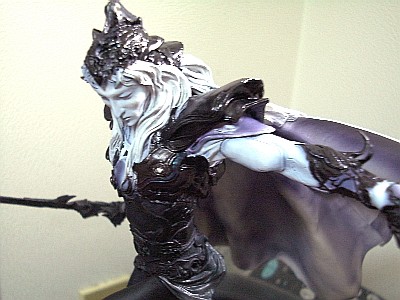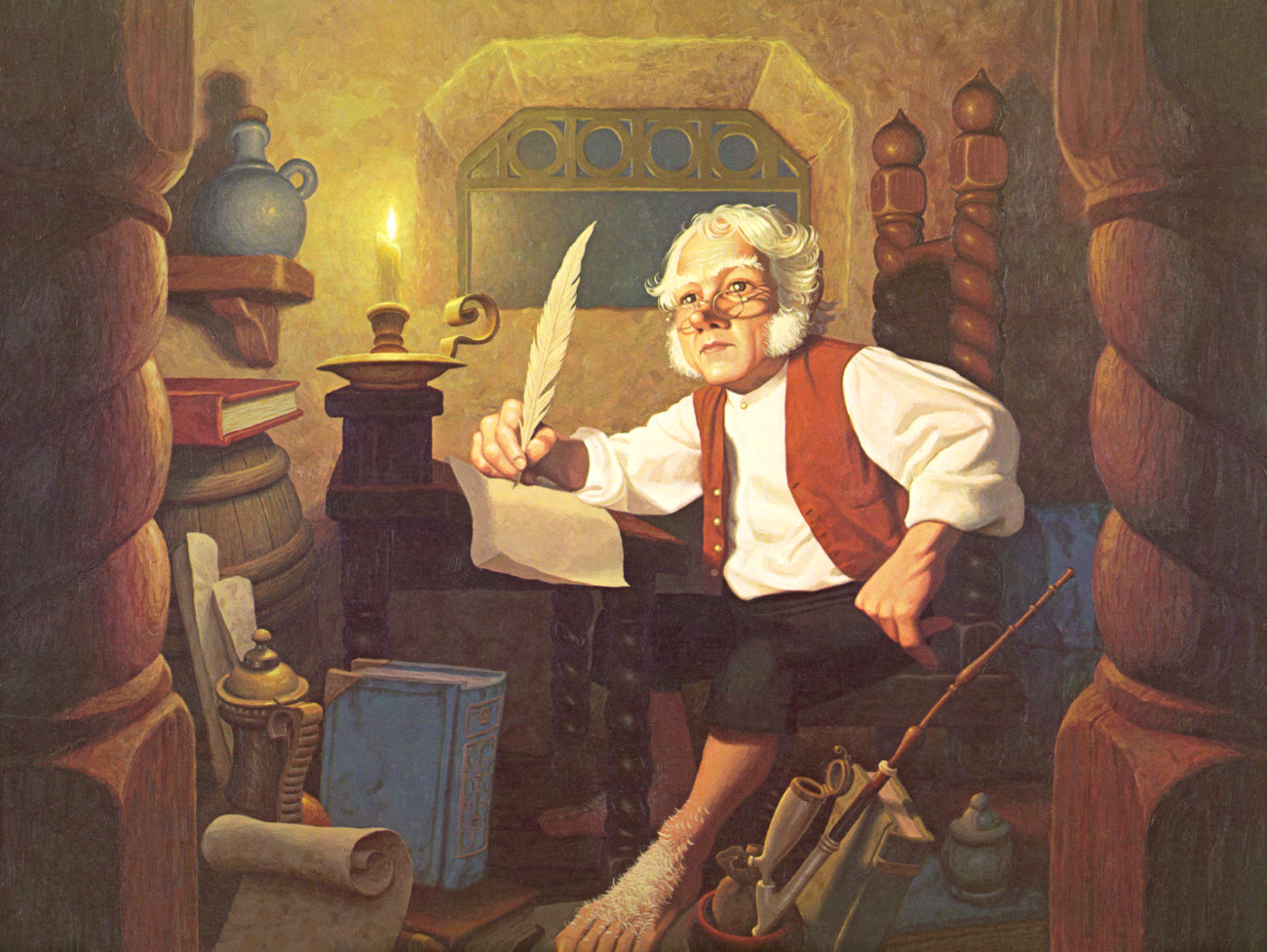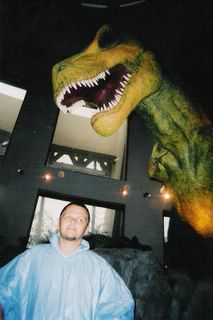Hobbits: Not Real Again?

Back in the Closet?: Skeptics say newly discovered 'Hobbit race' is nothing more than a diseased human.
New 'Hobbit' disease link claim
from BBC
Scientists are to present new evidence that the tiny human species dubbed "The Hobbit" may not be what it seems. The researchers say their findings strongly support an idea that the 1m- (3ft-) tall female skeleton from Indonesia is a diseased modern human. Their claims have been aired in a BBC Horizon programme screened on Thursday.
The Hobbit's discoverers are adamant it is an entirely separate human species, which evolved a small size in isolation on its remote island home of Flores.
 The bones were unearthed during a dig at Liang Bua, a limestone cave deep in the Flores jungle. The discovery caused a sensation when it was announced to the world in 2004.
The bones were unearthed during a dig at Liang Bua, a limestone cave deep in the Flores jungle. The discovery caused a sensation when it was announced to the world in 2004. Analysis of the 18,000-year-old remains showed the Hobbit had reached adulthood, despite her diminutive size. Long arms, a sloping chin, and other primitive features suggested affinities to ancient human species such as Homo erectus.
And Homo floresiensis, as science properly calls the creature, seems to exhibit other oddities, such as lower premolar teeth with twin roots. In most modern humans, the lower premolars have a single root.
 Australian anthropologists and others involved in the find, proposed that the Hobbit was a descendent of erectus or some other ancient species that reached Flores just under a million years ago.
Australian anthropologists and others involved in the find, proposed that the Hobbit was a descendent of erectus or some other ancient species that reached Flores just under a million years ago. Cut off from the rest of the world on this island, the species evolved small stature, much like the pygmy elephants it is thought to have hunted.
Sophisticated stone tools found nearby suggest they were not lacking in intelligence, even though the Hobbit specimen's brain was no larger than a chimpanzee's.
But it was not long before some scientists began to ask serious questions about the discovery team's conclusions.
 Indonesian anthropologist Teuku Jacob controversially took possession of the remains and declared them to be those of a modern human with the condition microcephaly.
Indonesian anthropologist Teuku Jacob controversially took possession of the remains and declared them to be those of a modern human with the condition microcephaly. This disorder is characterised by a small brain, but it can also be associated with dwarfism, as well as abnormalities of the face and jaw. For this reason, some scientists believe the condition could cause a modern human to look primitive in evolutionary terms.
Jacob was soon joined by a handful of researchers in the belief that the discovery team had happened upon nothing more than a member of our own species with a rare disease.
The Hobbit team is now looking in other caves on Flores for more evidence of this ancient population.
The skeptics intend to publish their concerns in a scientific journal.








 what the Great Conjunction is. 'What's the Great Conjunction?'
what the Great Conjunction is. 'What's the Great Conjunction?' 




 A Is for Androids
A Is for Androids B Is for Boba
B Is for Boba C Is for Calvin
C Is for Calvin D Is for Dragons
D Is for Dragons E Is for Elric
E Is for Elric F Is for Futures
F Is for Futures G Is for Genie
G Is for Genie H Is for Hobbits
H Is for Hobbits I Is for Iceman
I Is for Iceman J Is for Jedi
J Is for Jedi K Is for Kraken
K Is for Kraken





































































0 Comments:
Post a Comment
<< Home